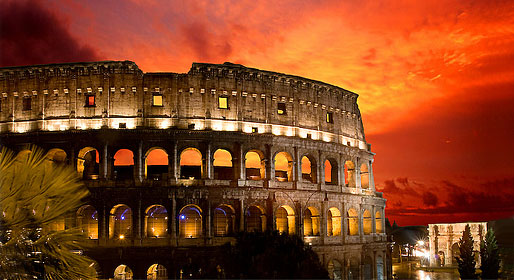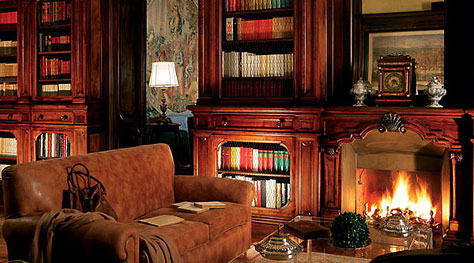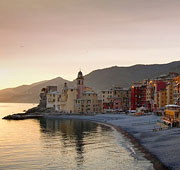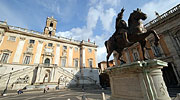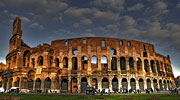Imperial Treasures
The Coliseum, the Forum, the Domus Aurea and the Circus Maximus: the splendors of Ancient Rome.
A tour of imperial Rome inevitably commences with the Coliseum. Known also as the Flavian Amphitheatre, the Coliseum was the largest arena built in the Roman Empire, with a capacity for a staggering 50 thousand spectators.
Colosseum: Skip The Line + Arena Floor Access & Roman Forum
Get the only ticket that gives you access to the Colosseum arena floor.
Get your tickets now!
Games, gladiators and a golden house
Erected in the 1st century A.D by the emperors of the Flavia dynasty, the Coliseum, since its inauguration, hosted only the most impressive of spectacles, including the legendary disputes between gladiators.
Close by, on the Colle Oppio, lies the Domus Aurea, residence of Emperor Nero, erected after the great fire which destroyed much of Rome of 64 A.D. The name of the palace, the "Golden House", was inspired by the magnificent golden stuccoes which decorate its ceilings.
Triumphal arches and temples
Next to the Coliseum, there is another symbol of Rome: the Arch of Constantine. The triumphal arch was erected in the IV century so as to celebrate Emperor Constantine's victory over Maxentius at the Battle of Milvio Bridge on October 28, 312. The Arch of Constantine forms the gateway leading to the Imperial Forum, testimony of the greatness of Rome.
Inside the forum, today's visitors can admire important monuments constructed over the centuries by the various emperors: the Temples of Vespasian and Titus, and the temple built in honor of the deified Antoninus Pius and Faustina.
Built in the III century, the monumental Arch of Septimius Severus was built to celebrate the victories of Rome over the Parthians.
For the best view of the Roman Forum, make your way to the top of the Capitoline hill, now home to the town hall and municipal council of Rome
Romulus and Remus were here
According to legend, it was on the Palatine Hill that Romulus and Remus were discovered by the she-wolf who subsequently raised them, and where Romulus later founded the city of Rome.
Between the II and I century B.C., the Palatine Hill became the residential quarter of the Roman aristocracy, populated by numerous villas including that of the House of the Griffins, famous for the beautiful paintings still visible on its walls.
Under the reign of Augustus, the Palatine Hill was chosen as the Empire's seat of power and imperial palaces were built here, including the Palazzo dei Cesari which today houses the Palatine Museum
The hippodrome between the hills
Between the Palatine and Aventine hills, there is the majestic Circus Maximus. The Roman circus served as hippodrome and venue for public games. Originally, it was 621 meters long and 118 metes wide, and had a capacity for some 250 thousand spectators.
From the Circus Maximus visitors quickly reach the Baths of Caracalla and the Appian Way, this latter considered to be the most important of the Empire's thoroughfares.
You can see a section of the Appian Way, protected within the boundaries of the Appia Antica Regional Suburban Park
Colosseum, Arena Floor, Roman Forum & Palatine Hill: Guided Tour
A history-packed tour of ancient Rome.
Get your tickets now!

